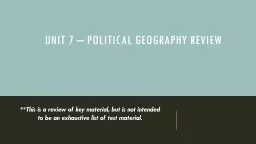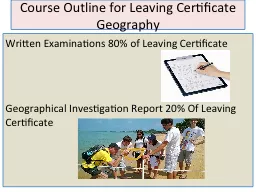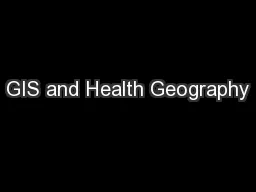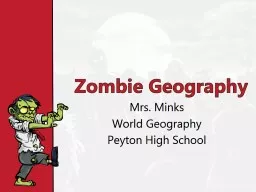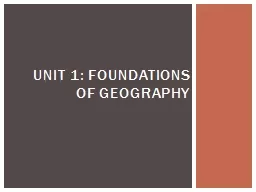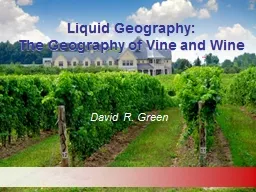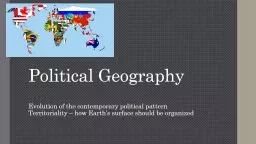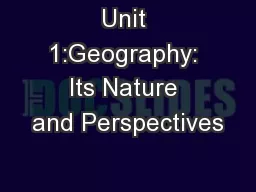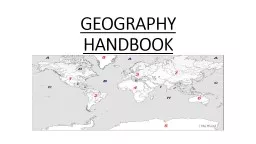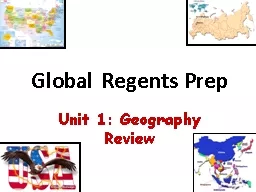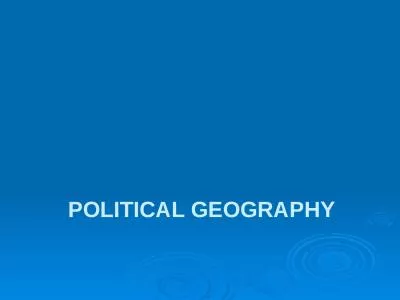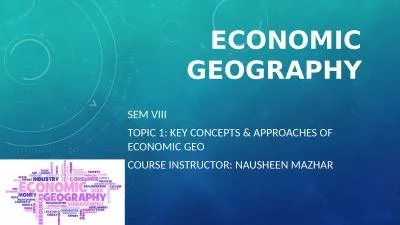PPT-Unit 7 – Political geography review
Author : aaron | Published Date : 2017-06-07
This is a review of key material but is not intended to be an exhaustive list of test material 1 Forces which unite people 2 A type of state in which the states
Presentation Embed Code
Download Presentation
Download Presentation The PPT/PDF document "Unit 7 – Political geography review" is the property of its rightful owner. Permission is granted to download and print the materials on this website for personal, non-commercial use only, and to display it on your personal computer provided you do not modify the materials and that you retain all copyright notices contained in the materials. By downloading content from our website, you accept the terms of this agreement.
Unit 7 – Political geography review: Transcript
This is a review of key material but is not intended to be an exhaustive list of test material 1 Forces which unite people 2 A type of state in which the states territory is occupied by mainly 1 ethnic group. BY TRUPTI DEVARKONDA AND ALEXANDRA RIVETT. Lesson. Plan. 1. Geography. Syllabus. 2. Geographical . Perspective. 3. Aboriginal Perspective. 4. Activity. 5. Summary . 6. Other. syllabus connections. Written Examinations 80% . o. f Leaving Certificate . Geographical Investigation Report 20% Of Leaving Certificate . Course Outline for Leaving Certificate Geography . Leaving Certificate Course: 500 Marks in Total . Perspectives on health geography. Why Geography and Health?. As . Dr. Trevor . Dummer. . (2008) stated: . Geography and . health are intrinsically linked. Where we are born, live, study and work directly influences our health experiences: the air we breathe, the food we eat, the viruses we are exposed to and the health services we can access. The social, built and natural environments affect our health and well-being in ways that are directly relevant to health policy. Spatial location (the geographic context of places and the connectedness between places) plays a major role in shaping environmental risks as well as many other health effects. Devolutionary Forces. Scott Dobler, WKU. Human Geography: Landscapes of Human Activities, 12. th. Edition. . ISBN: 978-0-07-802146-6. Chapter 12: The Political Ordering of Space. Chapter Layout. Mrs. Minks. World Geography. Peyton High School. Before the Outbreak: Project 1 Overview. Zombie Geography. Project Goal. The goal of this project unit is for you to show your ability to . display data on a map. Def. : the study of Earth and its people. View the world in . SPATIAL . terms (how are things arranged in space relative to each other). Geo. is divided into 2 major branches…. geography. Def. : the study of natural features on the surface of Earth. David . R. Green. Lecture 3. Political Geography of Viticulture. Politico-geographical factors . have often . affected . the development . of viticulture. Historical . - past . to present. Wine – luxury commodity. Territoriality – how Earth’s surface should be organized. State’s power to control . territory, shape international policy . and other states’ foreign policy. Geopolitics. Debra Troxell, NBCT. Unit 1:Geography: Its Nature and Perspectives. I. WHAT IS GEOGRAPHY?. What is Geography?. From your experience with the “Material World” posters, what are some things that might be considered part of a definition of Geography?. GEOGRAPHY HANDBOOK GEOGRAPHY HANDBOOK Objectives : The student will . . . 1. E xamine the five themes of geography. 2. Explore how they aid geographic observation and analysis 3. Identify some ways in which the geography of the United Before We Begin . . .. SWBAT/Aim:. Illustrate . what is geography and how can knowing geographic features of the world help you on the Regents exam?. Do Now:. . First:. . Copy the Aim, Date, Homework below.. Geographic concepts helps us to understand the changing political organization of Earth’s surface. Can use geographic methods to examine the causes of political change and instability and to anticipate potential trouble spots throughout the world. Topic 1: Key Concepts & Approaches of Economic Geo. Course Instructor: Nausheen Mazhar. Outline:. Economic Geography. Approaches to study Economic geography. Relationship with other branches of geo. Leading TV Unit Manufacturer in Pune Innovative Designs, Superior Quality at Adeetya's Kitchen & Furniture https://adeetyas.com/tv-unit-manufacturers-in-pune.php
Download Document
Here is the link to download the presentation.
"Unit 7 – Political geography review"The content belongs to its owner. You may download and print it for personal use, without modification, and keep all copyright notices. By downloading, you agree to these terms.
Related Documents

